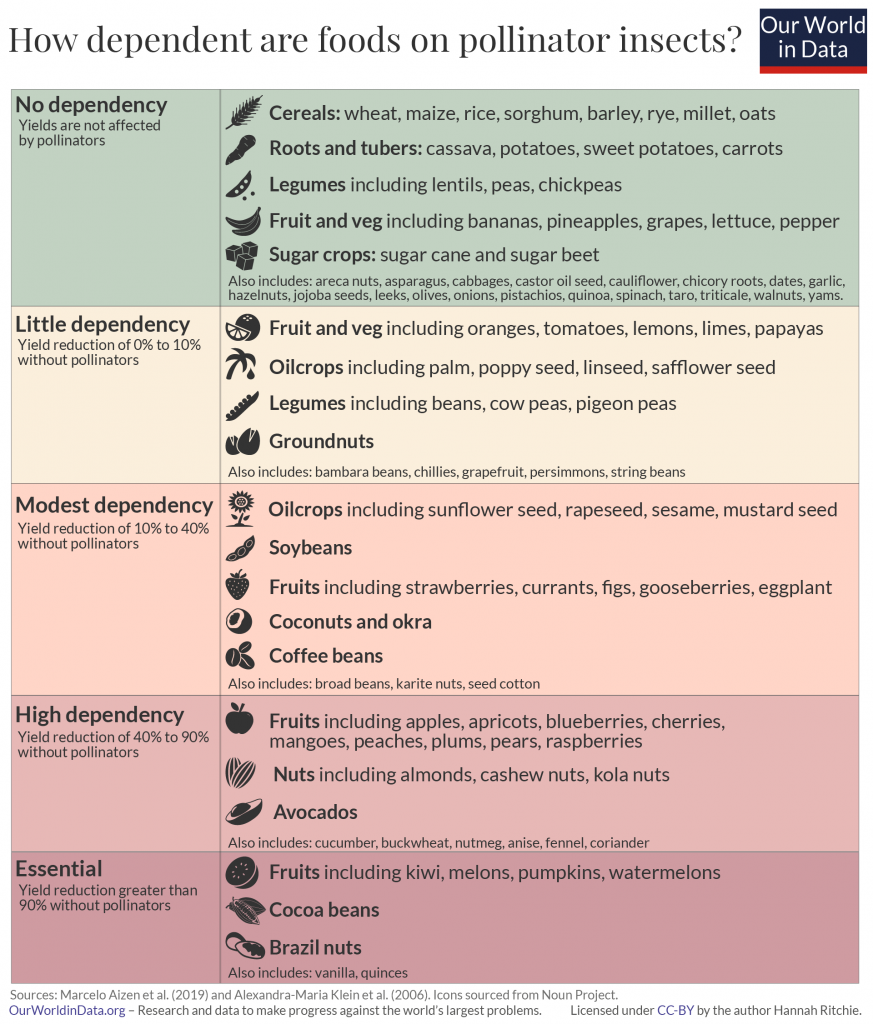Pollinators are essential
The drastic population decline of bees worldwide has been widely publicized over the past few years, and for good reason. Though these insects are small, they play a huge role in sustaining both agriculture and natural habitats.
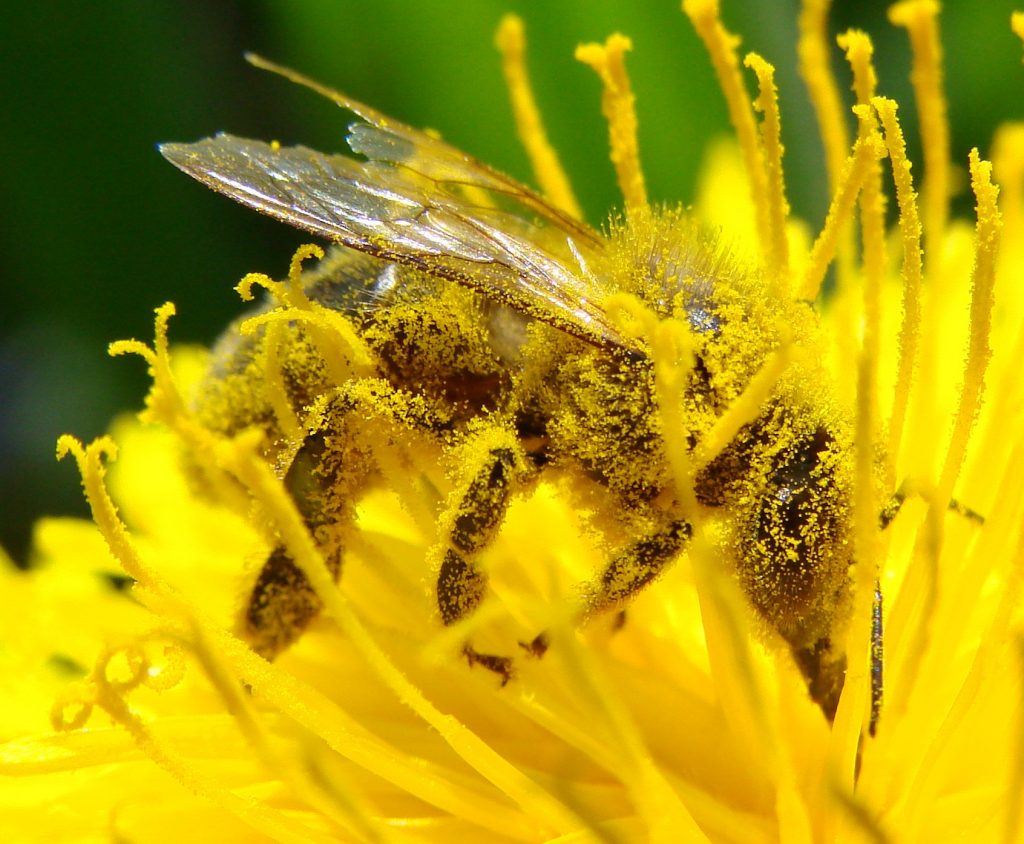
Many crops depend on pollinators
In fact, much of the global food supply depends on pollinators like bees, birds, and butterflies. As these animals fly from blossom to blossom feeding on nectar, they also transfer pollen from one plant to the next. This fertilizes the plants, helping them to produce fruits and seeds. In fact, about 75% of the world’s plants and crops depend at least in part on pollinators. Many of these pollinator-dependent plants are cultivated to provide food for people and livestock, including more than 100 crops grown in the United States alone.
Pollinators fertilize wild, native plants, too
California is considered a biodiversity hotspot, a place where a great variety of native plants and animals thrive. Our pollinators are no exception, with about 1,600 bee species and 1,384 butterfly and moth species native to the state. (There are also many species of birds, bats, and other insects that act as pollinators.)
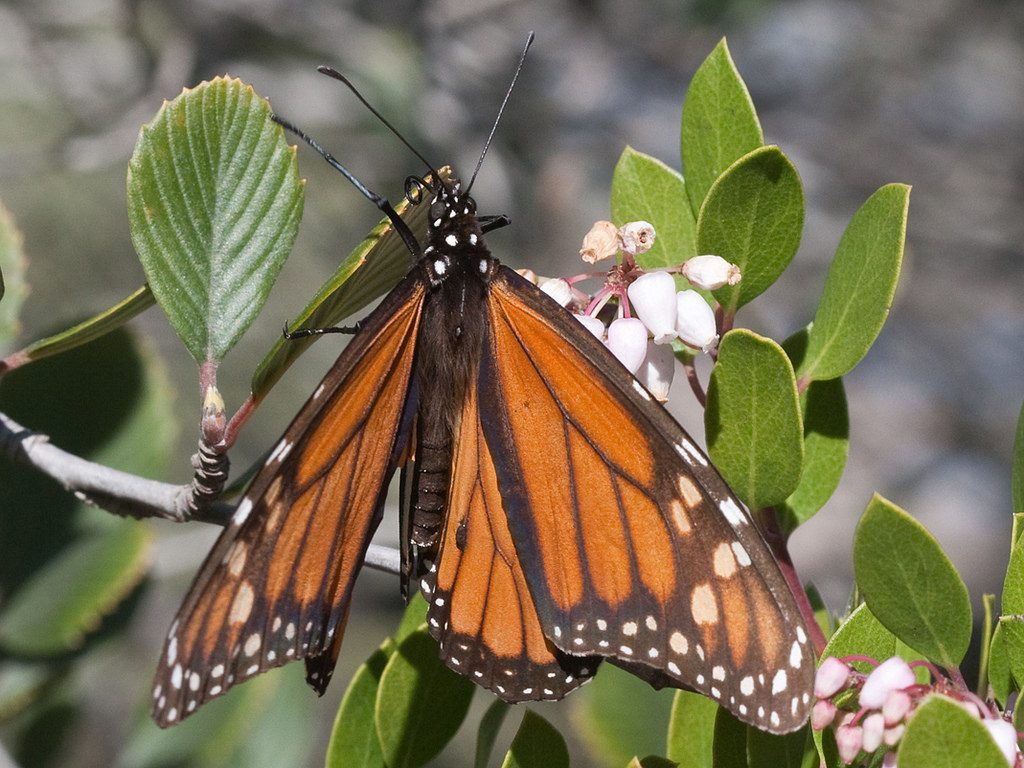
These native pollinators have evolved alongside native plants and other native animals, and their wellbeing is interconnected. The pollinators feed on the flowering plants, the plants depend on the pollinators in order to reproduce, and other animals eat the fruits and seeds that the fertilization process produces. Some animals even eat poison oak berries!
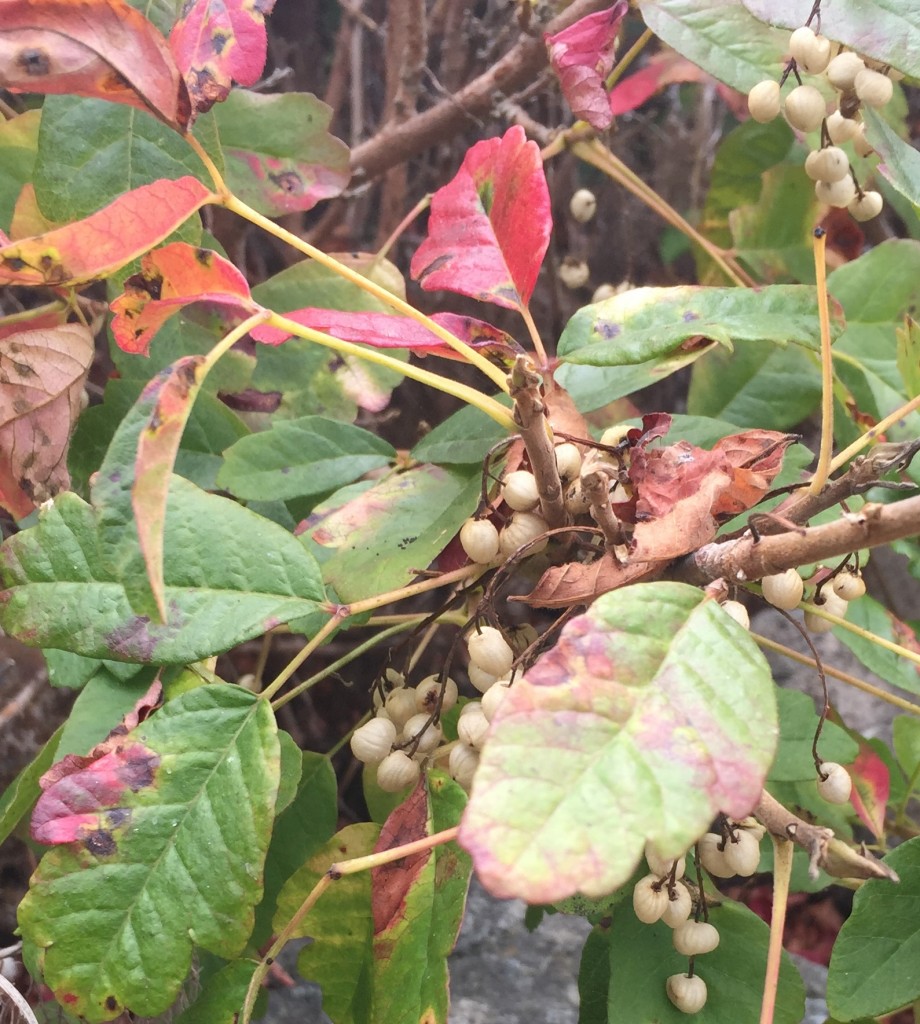
We can help pollinators survive
Avoiding chemical fertilizers, removing invasive plants, and planting native species are three ways to help pollinators survive and flourish.
Native garden at Sweet Springs Nature Preserve supports pollinators
The Estuary Program recently provided funding to help The Coastal San Luis Resource Conservation District (CSLRCD) plant a pollinator-friendly garden in the Sweet Springs Nature Preserve. With the help of community volunteers and members of the Morro Coast Audubon Society, which owns and manages the preserve, the CSLRCD successfully installed 700 native plants including coast live oak, coffeeberry, toyon (also known as California holly), hedge nettles, black sage, and more.
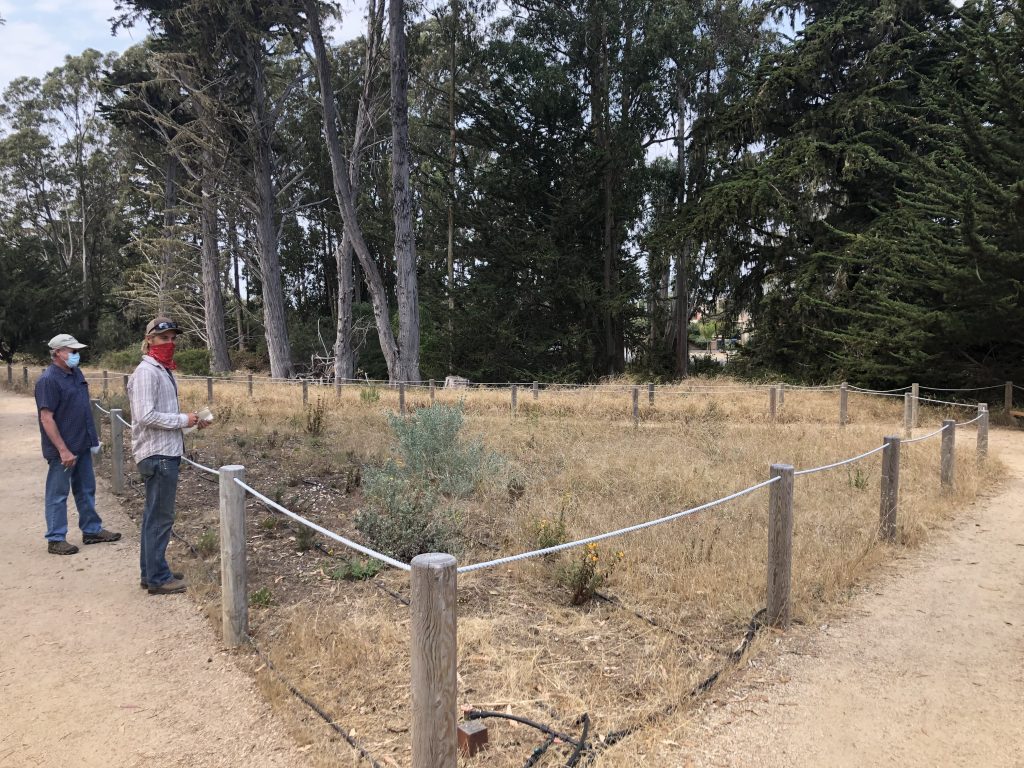
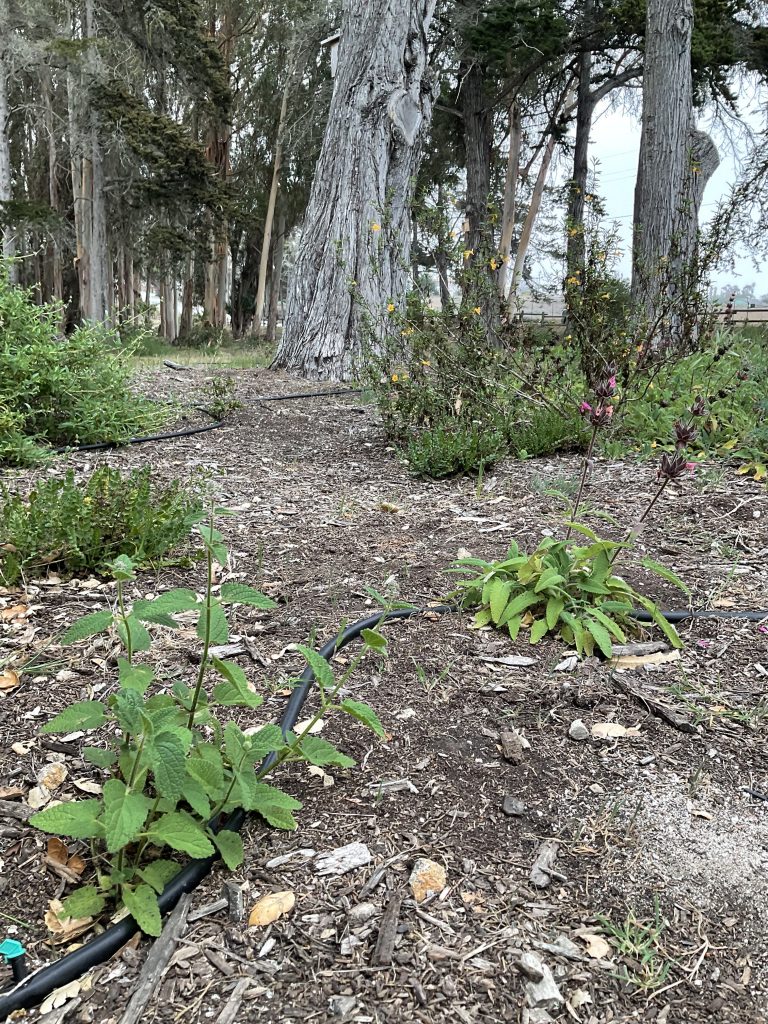
Some of these plants play multiple roles in the ecosystem, like toyon, which provides nectar and pollen from flowers in the summer and berries in the winter.
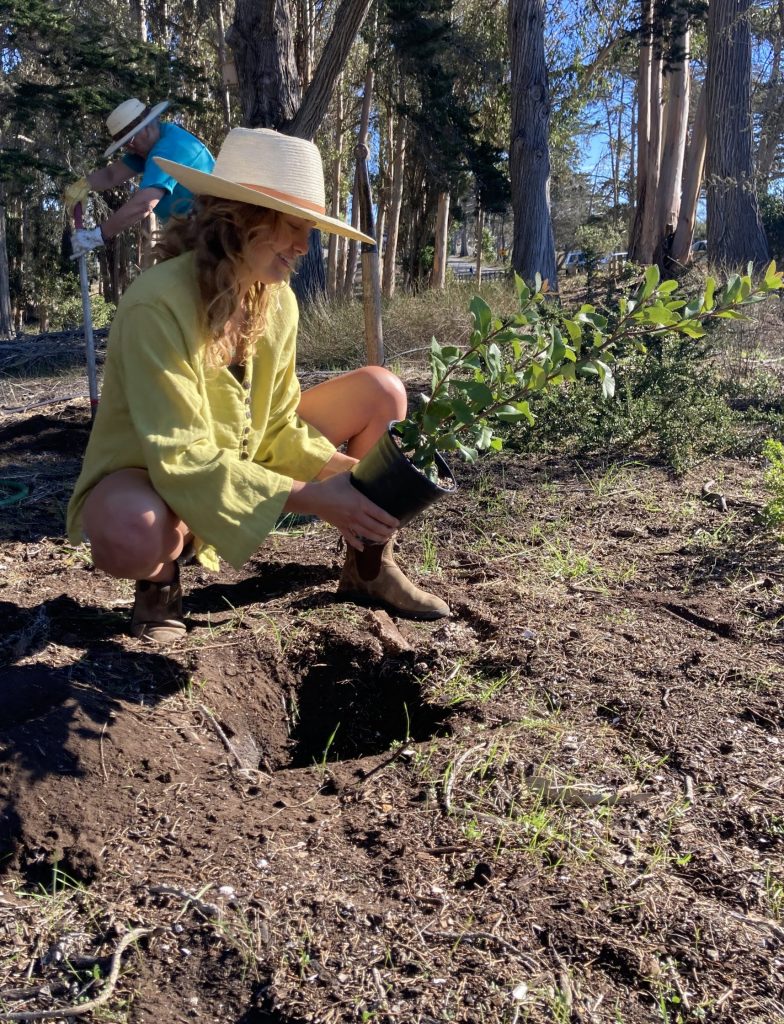
A longtime Audubon volunteer named Cindy attended the planting event. She marveled at the longevity of the small live oak she was settling into the hole she had dug and watered for it. She said, “people want to plant something that gets big fast, but oaks will live in these sands for hundreds of years.” As the young oaks and other plants grow, they will provide more food and habitat for pollinators and other wildlife.
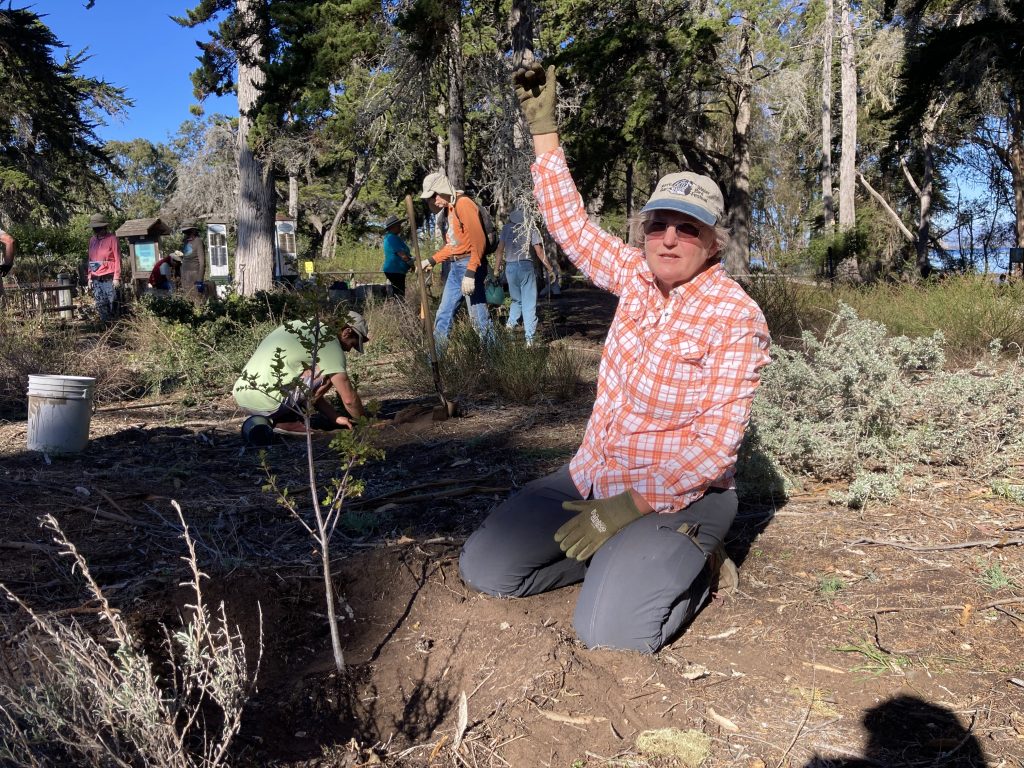
Sharing the importance of pollinators
Dave Clendenen, the Morro Coast Audubon Society’s Land Manager, hopes that the pollinator garden will inspire people to do their part to preserve and take care of the natural world. He says, “the priority for the project is providing habitat, but it also provides a place for people to come to nature, learn about nature, and foster nature. It works for the wildlife and it’s a great educational tool.”
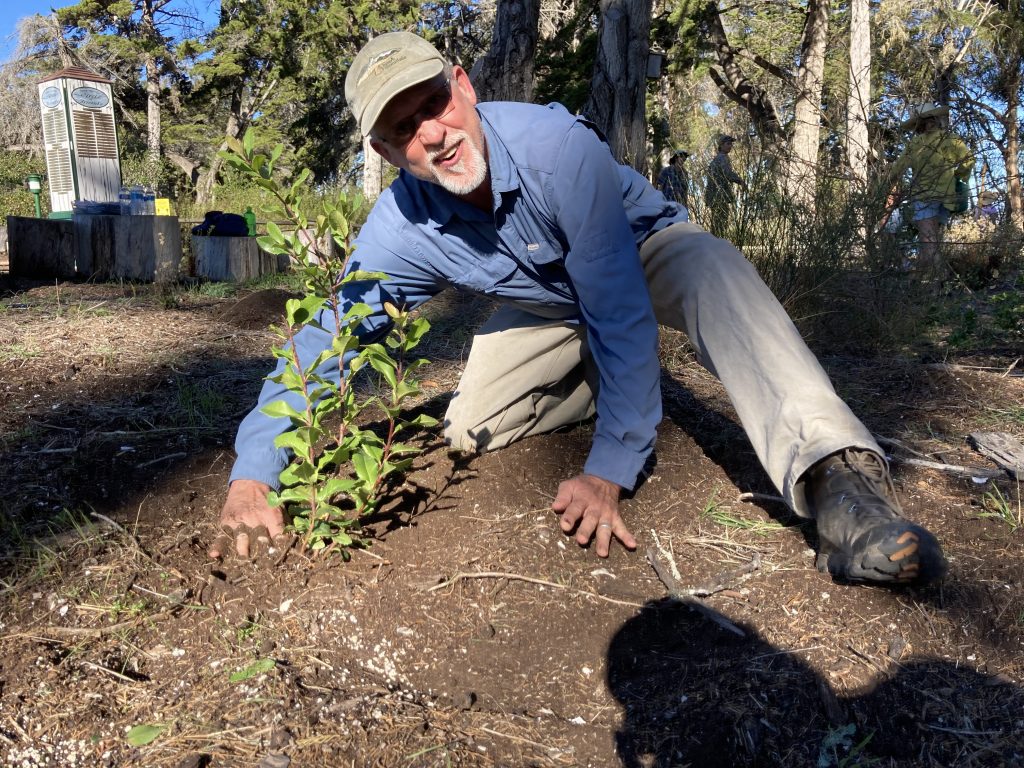
To make sure that the garden educates as much as it inspires, CSLRCD staff partnered with the Morro Coast Audubon Society and the Estuary Program to create an informational sign that will be installed near the garden. The sign highlights the role that monarch butterflies and other pollinators play in a healthy ecosystem.
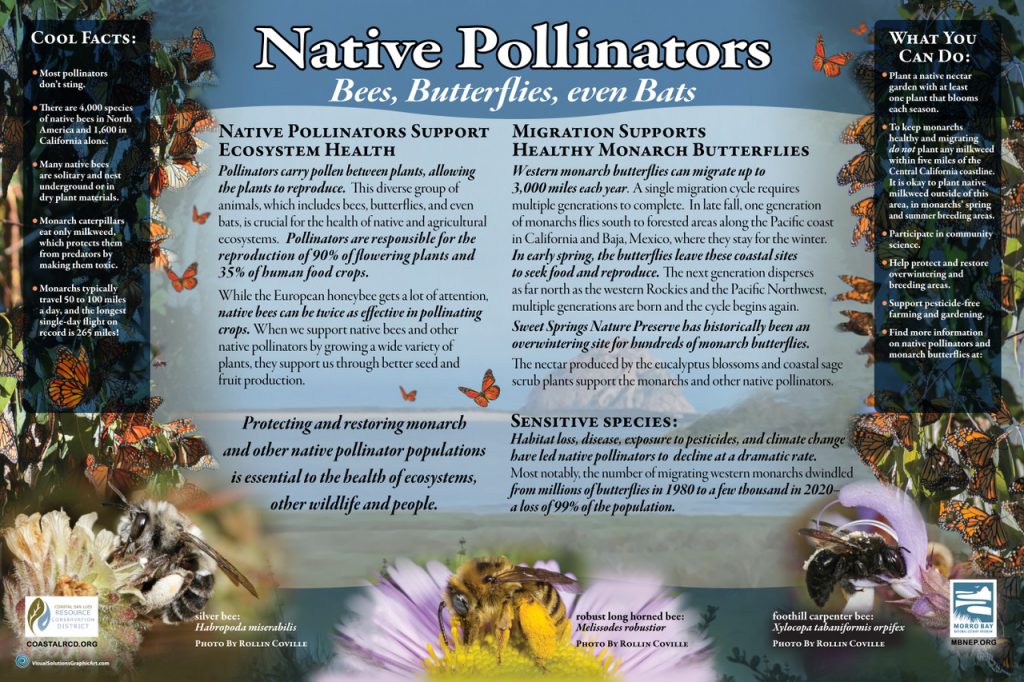
An abundance of flowers
CSLRCD staff planned the garden carefully, so that it includes plants that flower at different times. This ensures that pollinators can visit the garden and find nectar nearly year-round. Because of this, you’re likely to see brightly colored blooms almost anytime you visit Sweet Springs.
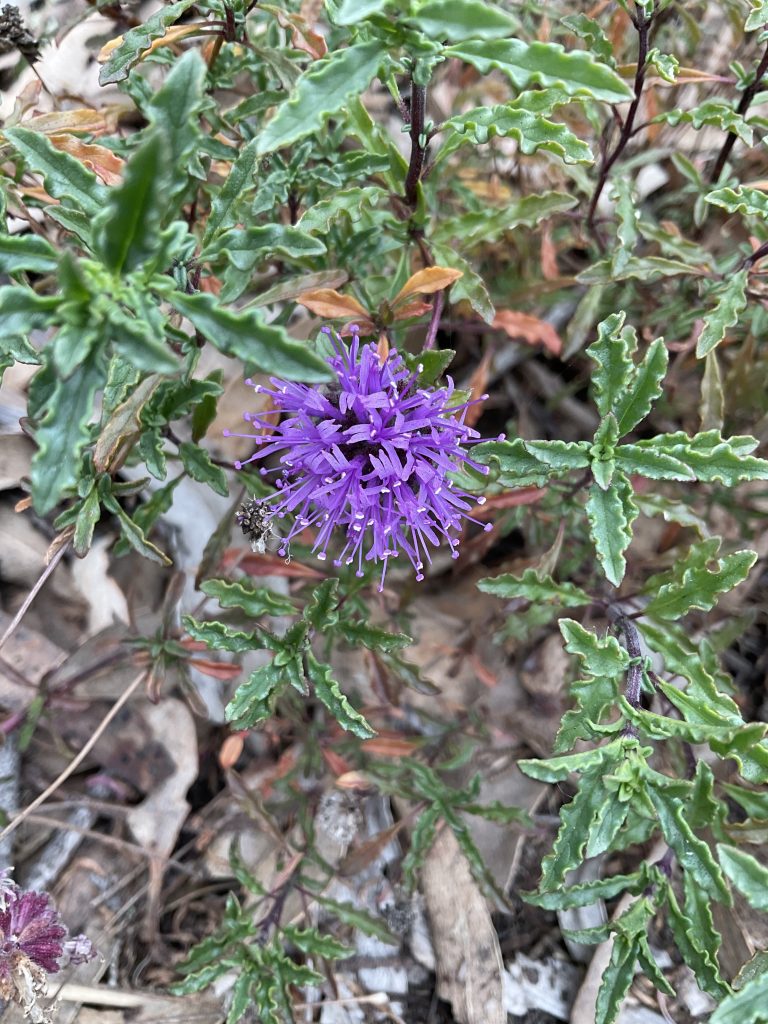
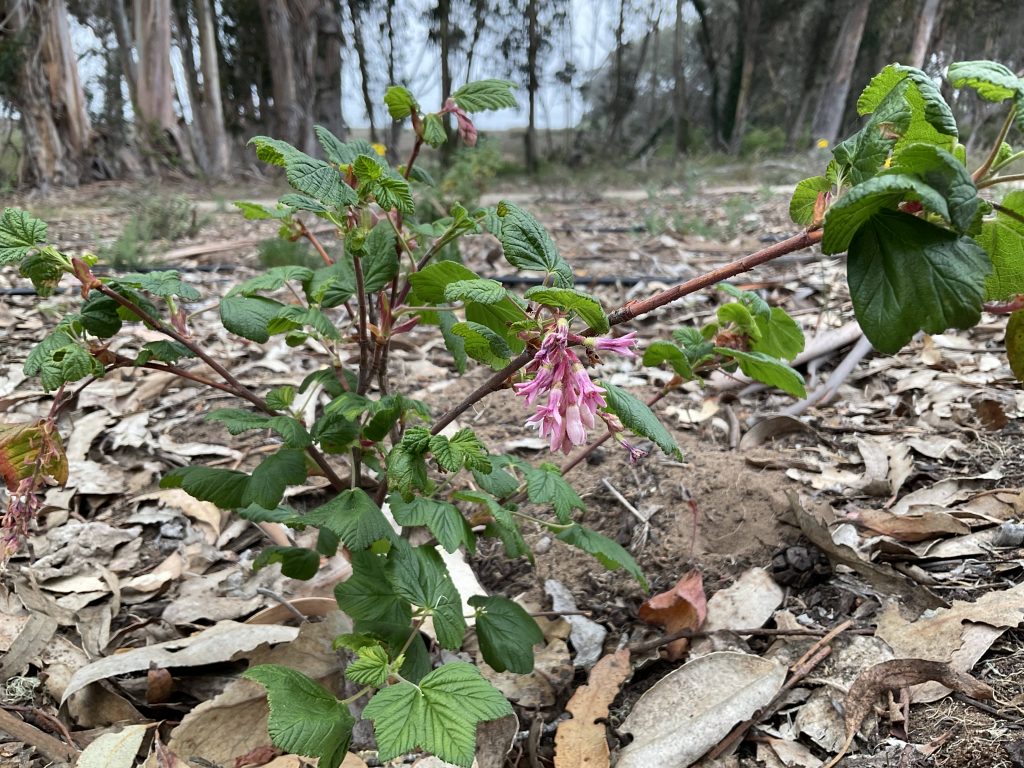
You can find directions to the Sweet Springs Nature Preserve and more information about the wildlife there on the Morro Coast Audubon Society’s website.
Subscribe to our weekly blog to have posts like this delivered to your inbox each week.
Help us protect and restore the Morro Bay estuary!
- Donate to the Estuary Program today and support our work in the field, the lab, and beyond.
The Estuary Program is a 501(c)3 nonprofit. We depend on funding from grants and generous donors to continue our work. - Support us by purchasing estuary-themed gear from ESTERO. This locally owned and operated company donates 20% of proceeds from its Estuary clothing line and 100% of Estuary decal proceeds to the Estuary Program. Thank you, ESTERO!
- Purchase items from the the Estuary Program’s store on Zazzle. Zazzle prints and ships your items, and the Estuary Program receives 10% of the proceeds. Choose from mugs, hats, t-shirts, and even fanny packs (they’re back!) with our fun Estuary Octopus design or our Mutts for the Bay logo.
Thank you for helping our beautiful, bountiful, biodiverse bay!
